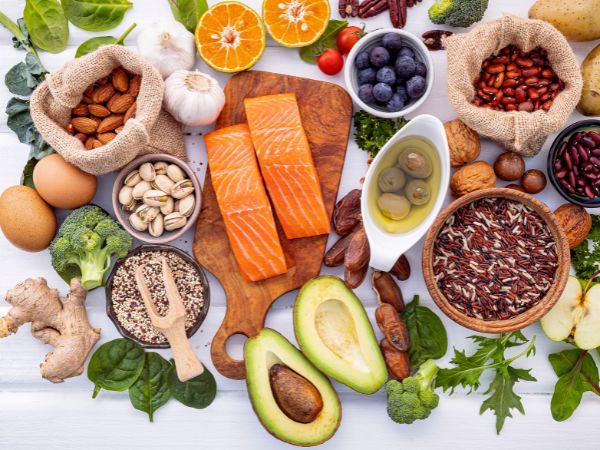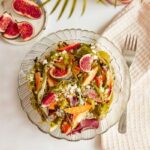Eating healthily isn’t just a trend; it’s a lifestyle that enriches your body, mind, and soul. In this comprehensive guide, we’ll explore a myriad of healthy foods to eat that not only tantalize your taste buds but also contribute significantly to your overall well-being. Get ready to embark on a culinary journey that promises to be as delicious as it is nutritious!
Ever found yourself pondering over the question, “What are the best healthy foods to eat?” You’re not alone! In today’s fast-paced world, choosing the right foods can be a challenge, especially with the abundance of options available. But fear not! This article is your one-stop guide, providing you with all the necessary information to make informed and health-conscious choices.
Why Focus on Healthy Foods?
Eating healthy is more than just a means to lose weight. It’s about nurturing your body with the right nutrients, boosting your energy levels, and enhancing your overall health. But what exactly constitutes ‘healthy foods’? Let’s dive in and find out!
The Essentials of a Healthy Diet
Fruits and Vegetables: Nature’s Candy
- Berries: Packed with antioxidants, they’re perfect for a nutritional punch.
- Leafy Greens: Spinach, kale, and swiss chard are full of vitamins and minerals.
- Citrus Fruits: Oranges, lemons, and grapefruits offer a hefty dose of Vitamin C.
Whole Grains: The Energy Givers
- Quinoa: A complete protein and a great alternative to rice.
- Oats: Perfect for a heart-healthy breakfast.
- Brown Rice: A healthier and fiber-rich alternative to white rice.
Proteins: Building Blocks of the Body
- Fish: Salmon and mackerel are rich in Omega-3 fatty acids.
- Lean Meat: Chicken and turkey breast, when cooked healthily, are excellent protein sources.
- Legumes: Beans, lentils, and chickpeas are not only protein-packed but also high in fiber.
Healthy Fats: The Good Guys
- Avocado: A source of healthy monounsaturated fats.
- Nuts and Seeds: Almonds, chia seeds, and flaxseeds are nutrient-dense snacks.
- Olive Oil: A heart-healthy oil perfect for cooking and dressings.
Dairy and Dairy Alternatives: Calcium and More
- Greek Yogurt: High in protein and probiotics.
- Almond Milk: A great dairy-free option, rich in vitamins.
- Cheese: In moderation, cheese can be a good source of calcium.
Incorporating Healthy Foods into Your Diet
Tips and Tricks
- Start Small: Gradually introduce healthy foods into your diet.
- Cook at Home: Control what goes into your meals.
- Mindful Snacking: Choose nuts or fruits over processed snacks.
Meal Planning and Preparation
- Batch Cooking: Prepare meals in advance for the week.
- Variety is Key: Include different food groups in your meals.
- Spice It Up: Use herbs and spices for flavor instead of salt.
Healthy Foods to Eat: Common Misconceptions
Myth Busting
- “Carbs are Bad”: Not all carbs are created equal. Opt for complex carbohydrates like whole grains.
- “Fats Lead to Weight Gain”: Healthy fats are essential for your body and do not necessarily cause weight gain.
- “Protein Only Comes from Meat”: Plant-based sources like legumes and tofu are excellent protein sources.
FAQs
Q: What are some easy healthy foods to eat on the go? A: Fruits like apples and bananas, nuts, and yogurt are great for busy lifestyles.
Q: Can eating healthy be budget-friendly? A: Absolutely! Buying whole foods in bulk and seasonal produce can save money.
Q: How can I make healthy foods more appealing to kids? A: Try fun presentations, like making faces with fruits and veggies, or involve them in cooking.
Conclusion
Adopting a diet full of healthy foods to eat isn’t just about cutting calories or following trends. It’s a sustainable approach to nourishing your body and embracing a healthier lifestyle. Remember, it’s not about perfection; it’s about making better choices one meal at a time. So, why not start today and see the difference for yourself?







